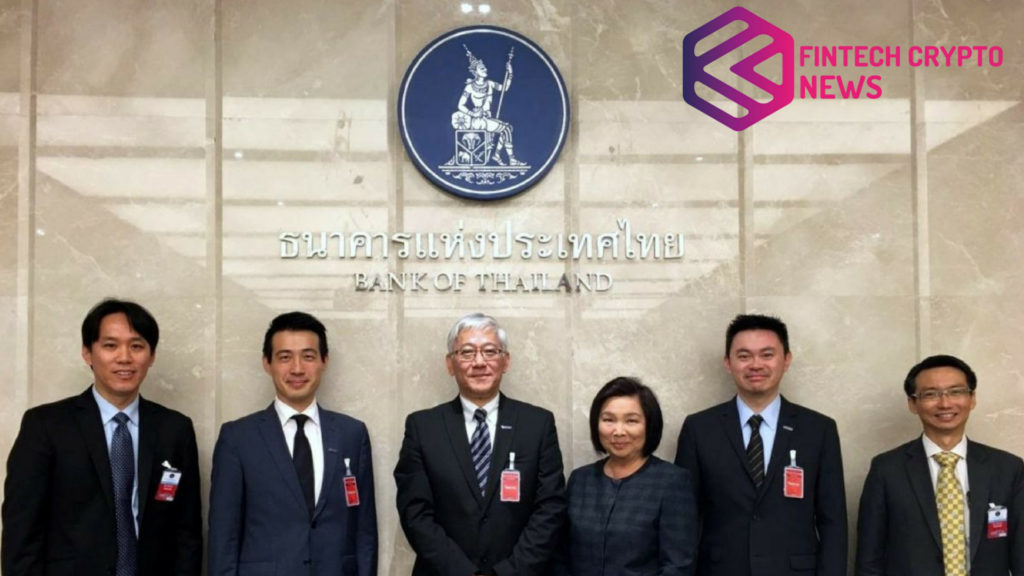China’s Tshinghua University will use blockchain technology to preserve the cultural heritage of China.
Three faculty members at the University will work on a concept for a blockchain system that will store and share digital copies of vital cultural objects. On Friday this week, the patent for the project was revealed.
According to the three inventors of the concept, including a postdoctoral researcher, Tan Jiajia, and the head of the University’s Academy of Art and Design, Lu Xiaobu, the system will consist of two parts.
The first part is a 3D computing model that will scan the culturally important object so that the object will have a digital form. The second part is a sharing network where each object’s data is shared through a private blockchain network. The cryptographic process used to encrypt the data is called hashing.
The network built on blockchain technology will involve other cultural heritage holders, for e.g. museums as nodes and the project aims to develop the platform as a consortium. Each party in the network will receive a shared ledger containing the cultural heritage information and the parties can even update the data with their own archive.
Blockchain technology will be used to produce a hash for the entire ledger on the platform whenever the data is updated, which will then be transferred to a public blockchain domain to enhance the network’s transparency. The team at the University says,
“Based on the unique design of blockchain for exchanging information, the digital identification of each cultural heritage can be transferred among different parties at lower costs with higher efficiency, so that we can enlarge their economic and social values.”
The published document does not list exact details of the private network or how the network will be developed through blockchain technology. However, the inventors indicate that the early stages of the exploration were based on Tencent’s Trust blockchain platform, a product that was announced last year.
Involving blockchain technology will keep out the theft that surrounds museum art and other cultural objects, as the information will be limited to registered users. The last century and a half suffered several robberies of important cultural objects due to information leaks of the objects’ location and importance. Using blockchain technology will limit the sharing of information and regulate individuals that are granted access.




